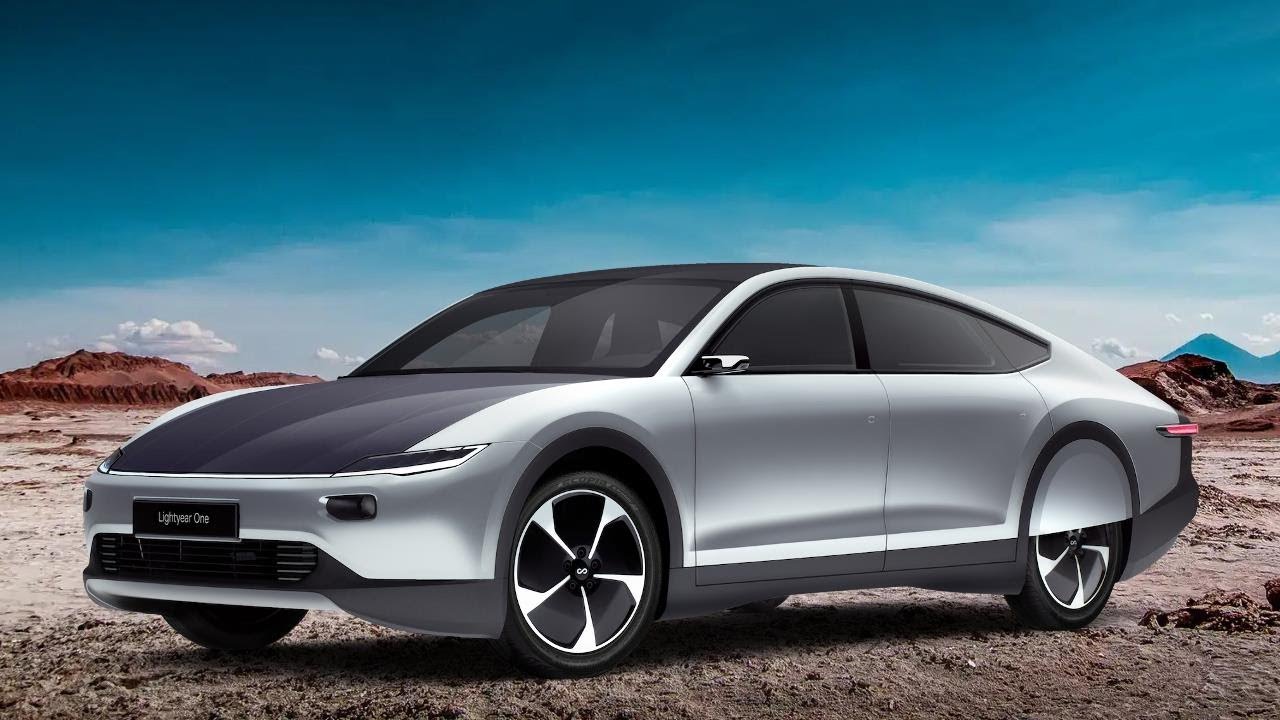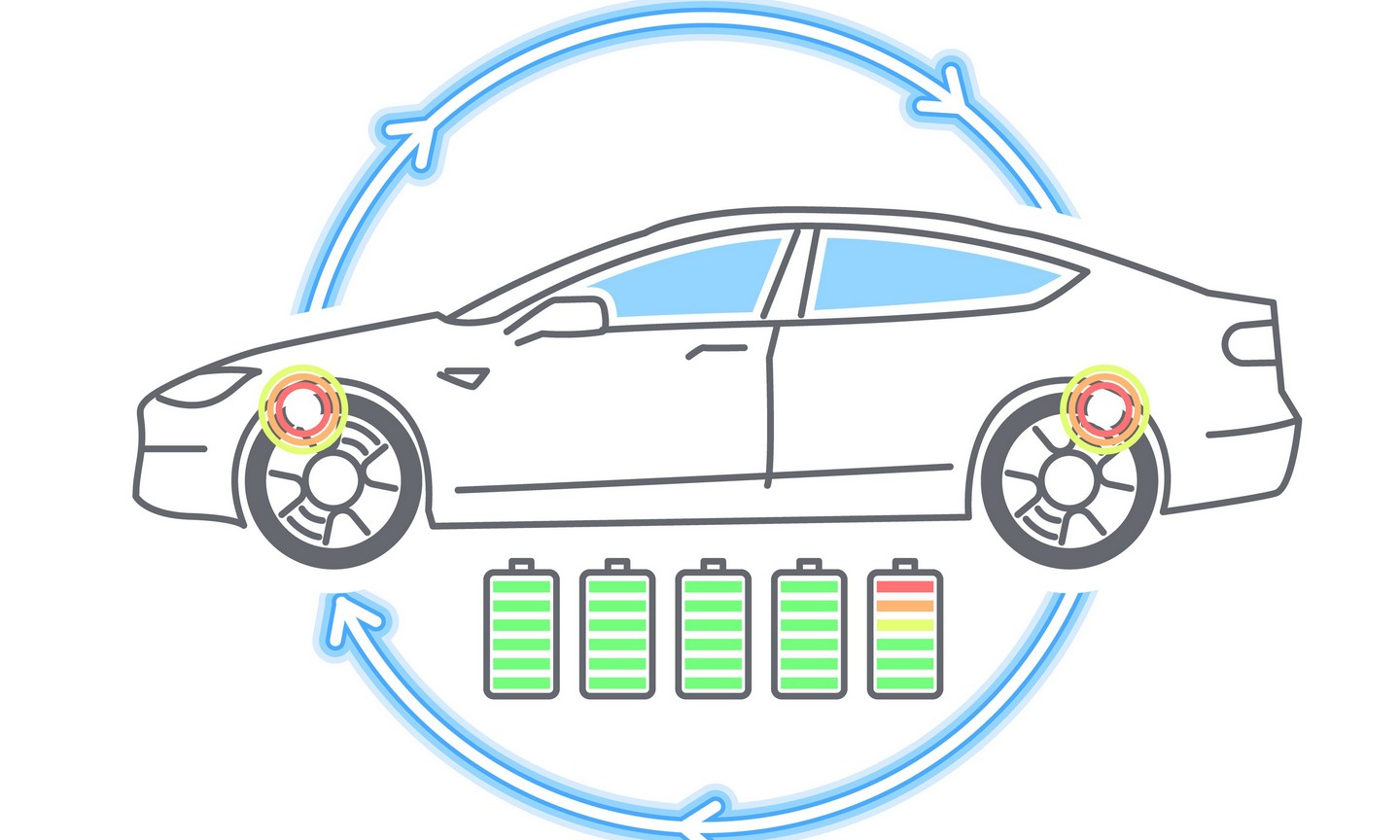In the era of electric mobility, the Self-Charging Electric Car emerges as a groundbreaking solution, addressing the challenge of extending the driving range without compromising environmental friendliness. This article explores the revolutionary concept of self charging electric car, shedding light on their features, benefits, and the transformative impact they bring to the automotive landscape.
Self Charging Electric Car: Redefining Sustainable Driving
The Essence of Self-Charging Electric Car
The Self-Charging Electric Car is a marvel of innovation, seamlessly integrating renewable energy sources to enhance the driving range and reduce dependency on external charging infrastructure.
Key Features of Self-Charging Electric Car
Regenerative Braking System
One of the defining features of a Self-Charging Electric Car is its regenerative braking system. Unlike traditional cars, where braking dissipates energy as heat, these vehicles convert kinetic energy back into electrical energy, recharging the battery during deceleration. This system significantly contributes to extending the driving range and maximizing energy efficiency.
Solar Panel Integration
To further amplify the self-charging capabilities, some models incorporate solar panels into the vehicle’s design. These solar panels harness sunlight to generate electricity, providing an additional source of energy to power the car’s auxiliary systems and contribute to the overall charging process.
Efficient Energy Management
Self-Charging Electric Cars employ sophisticated energy management systems. These systems optimize the use of available energy, ensuring that the car utilizes electric power intelligently. From managing the air conditioning system to regulating power distribution, these cars are designed to maximize efficiency and reduce energy wastage.
Reduced Dependency on Charging Infrastructure
With a Self-Charging Electric Car, drivers experience a significant reduction in dependence on external charging stations. The combination of regenerative braking and solar panel integration ensures a continuous flow of energy, allowing for more extended journeys without the need for frequent stops to recharge.
Lower Environmental Impact
By harnessing renewable energy sources, Self Charging Electric Cars contribute to lowering their environmental footprint. The reliance on regenerative braking and solar power reduces the demand for electricity from conventional sources, aligning with the broader goal of sustainable and eco-friendly transportation.
Enhanced Driving Range
The self-charging capabilities result in a notably enhanced driving range. Drivers can experience the convenience of longer trips without the anxiety of running out of battery power. This makes self-charging electric vehicles a practical and reliable choice for various driving needs.
Conclusion
The advent of the Self-Charging Electric Car marks a significant leap forward in the pursuit of sustainable and efficient transportation. From regenerative braking to solar panel integration, these vehicles showcase the possibilities of seamlessly integrating renewable energy into everyday mobility. As the automotive industry continues to evolve, the self-charging concept promises to redefine the future of electric vehicles, offering a blend of innovation, convenience, and environmental responsibility.
Read too: To Buy Electric or Hybrid Car? Uncover the Pros and Cons to Make an Informed Decision

